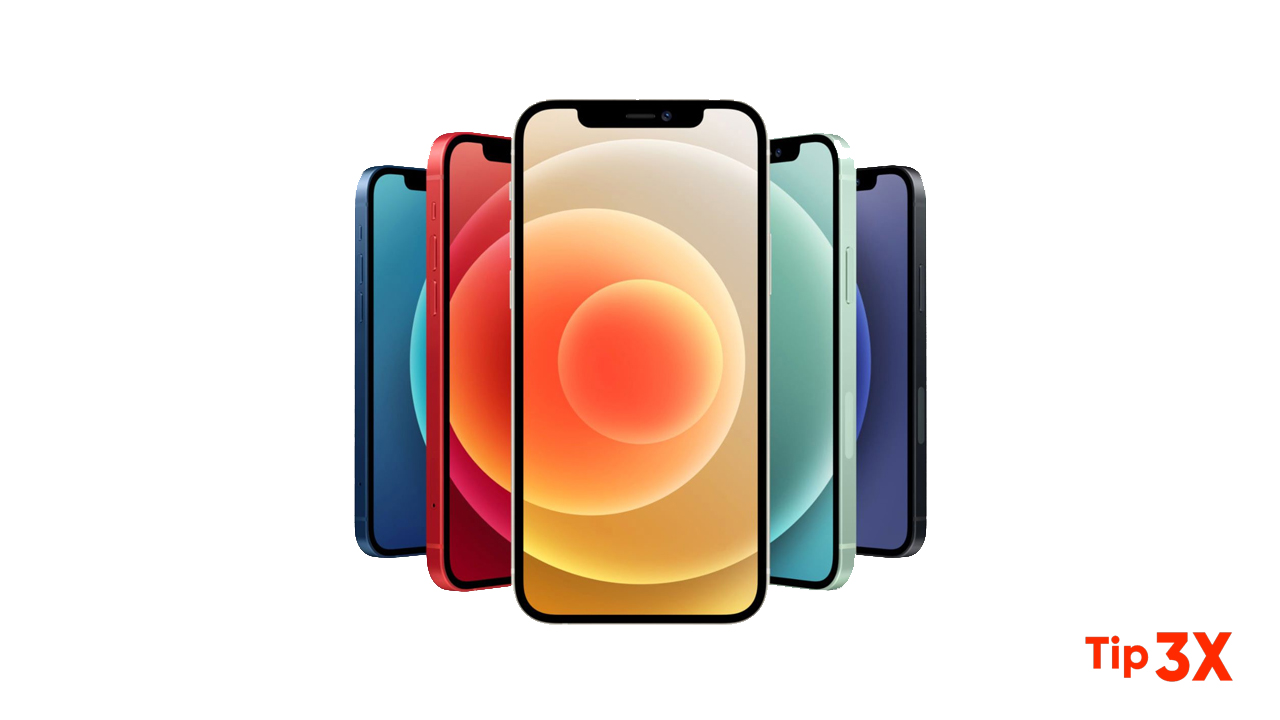Recovering data from a corrupt iTunes backup is difficult but not impossible, and messages like backup are corrupt or not compatible with your iPhone that is being restored don’t mean your data is “irreversibly lost”. You’ve got a great chance of recovering corrupt backups automatically with the iPhone Backup Extractor.
It’s usually straightforward to recover data from an unencrypted corrupt iTunes backup. Encrypted corrupt backups are trickier, especially if the “manifest files” are missing, as these describe how data in the backup was encrypted, and are essential for the decryption process.
Tricks to repair a corrupt iPhone backup and retrieve your data
iPhone Backup Extractor is designed to help you get your data when a backup can’t be restored properly through iTunes. It opens iTunes and iCloud backups and extracts valuable data even if that backup has been corrupted.
1. Use iPhone Backup Extractor’s built-in corruption handling
- Check the “Preview” tab to see if data is available for extraction. If data is there, you can click the app’s name, select the messages you need, and extract them in the format you want.
- Use the “Extract” menu to export available messages as HTML or as CSV.
2. Use expert mode to recover iPhone data from individual files
If the direct approach doesn’t work for you, you can still use “Expert mode” and “App view” to recover your files from the backup. Data such as contacts, calendars, SMS messages, locations, and notes are stored in specific files in your backup.
- Click the “File” menu in iPhone Backup Extractor
- Select “Convert Messages DB to CSV”, “Convert contacts DB to vCards”, or whichever option is most appropriate for your file
- The app will export your contacts and messages.
3. Shift unencrypted iPhone backup for photos and video
- Find the backup folder in question (you can right-click on the backup in iPhone Backup Extractor and choose “reveal enclosing folder”)
- Make a copy of the entire folder we’re going to heavily modify it.
- Sort the files inside by size and remove all files smaller than 300KB
- Download and install Bulk Rename Utility — it’s free and great for what we need here
- Open “Bulk Rename Utility” and navigate to the copy of the backup folder you made, then select it
- Add jpg (without dot) to Extension Section or .jpg (with dot) using the Add > Suffix menu
- Select all of the files in the top window (they’ll appear in green)
- Click the “Rename” button and all the selected files will then be renamed to jpg files
- In the folder where you saved them, select “Thumbnails view” in Windows Explorer or macOS Finder now you should be able to see which files are photos, as they’ll be shown with previews
- Move the recovered photos to a safe new folder, then repeat the process from step #5 with other file extensions such as .mov and .heic until you’ve recovered them all
Join Tip3X on Telegram


















